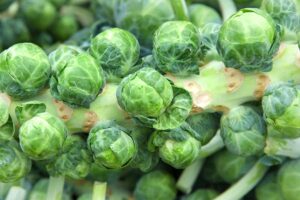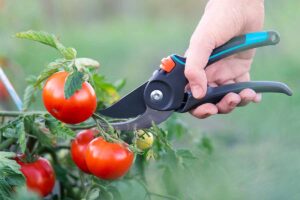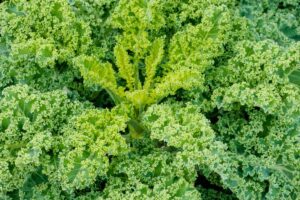Wouldn’t it be convenient if you could regrow all of your veggies from scraps? It’s an intriguing idea, which might explain why it is discussed so much in various corners of the internet.
It is true that growing some leafy veggies such as lettuce from leftover scraps can yield a new, albeit small, edible crop. But what about root veggies like parsnips?
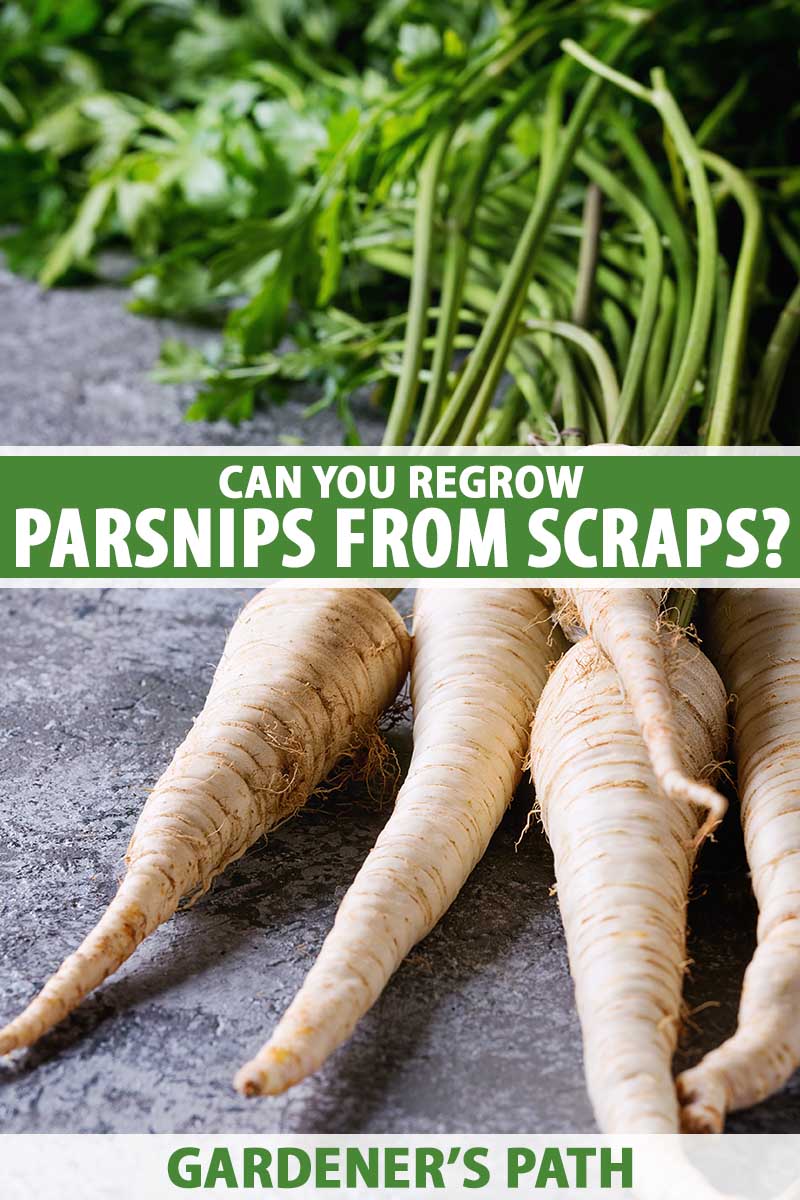
We link to vendors to help you find relevant products. If you buy from one of our links, we may earn a commission.
Read on to learn more about whether you can regrow parsnips from the tops.
What You’ll Learn
What to Expect
Is it possible to grow new parsnips from kitchen scraps? Sort of…
If replanted after being partially cut, new leaves may start to sprout and tiny roots may form, but the plant will not grow a whole new root.

And since parsnip greens are not edible, the only real reasons to do this would be to grow them for their flowers or seeds, or as a fun experiment to do with kids.
It is also worth noting that this process can be a bit hit or miss. Sometimes the plant may just rot completely before it has a chance to sprout new foliage.

You can also try out this method with other root crops that have edible greens, such as beets or carrots.
How to Regrow Parsnips from Tops
Start with the top inch or two of a root, with the leaf stubs still attached.
Float it in a glass or small bowl filled with about an inch of clean water with the leafy side up, facing the same direction it would grow if planted in dirt.
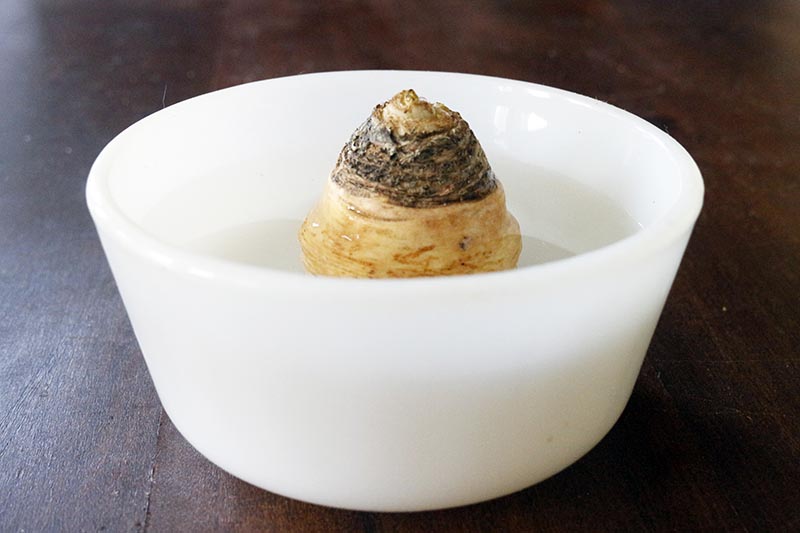
Set the container in a sunny window and change out the water every day.
In a few days, tiny roots should begin to develop, and new greens will sprout from the top.

After a couple of weeks, transplant to a container of potting soil or plant outside in the garden. Dig a hole and set the parsnip in the soil, root side down.
Leave about a quarter-inch of the root sticking out above the soil at the top. Water and keep moist.
If you want to harvest the seeds, do so after flowering when the heads have dried and turned brown.
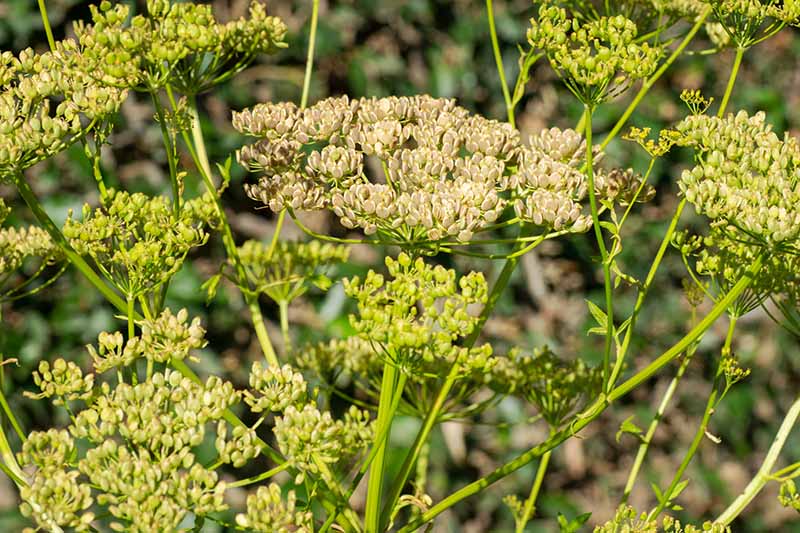
You can cut the heads from the plant and hang them upside down in brown paper bags to catch the seeds as they fall. Store seeds in a cool, dry place until you are ready to plant them.
Learn more about how to propagate parsnips from seed in our guide.
Easy, Kid-Friendly Fun
While it is true that parsnips can sprout new greens from scraps, it isn’t really a viable option for producing edible roots.
But if you have some leftovers lying around and are looking for a fun and simple experiment, it is certainly worth a shot!

Have you regrown parsnips or other veggies from kitchen scraps? Share your experience in the comments section below!
If you want to learn more about growing parsnips in your garden, check out these guides next:
